It’s no secret that stories and quotes are powerful tools for nonprofit marketers to keep on hand. But learning how to use testimonials on your website effectively is a skill that can get overlooked as website content comes together.
Taking all of the testimonials that your organization has on hand and strategically working them into website content can make a big difference when it comes to conversions. They show your impact. They put a face and a voice behind the work that you do. And they provide a semblance of social proof to a website that is otherwise crafted entirely by your organization.
Collecting Testimonials
Testimonials can come from people across your community, including those you help, donors, volunteers, event attendees and others in your organization’s social sphere. And there’s no rule that says they need to be in written form! Video, audio and even photo testimonials can go a long way in visibly and audibly conveying your impact.
If you’re reading this and thinking, “Oh no! We don’t have any (or many) stories or quotes.” Don’t panic yet, but do check out our post outlining 5 Ways to Collect Testimonials and Stories for Your Nonprofit to get your collection process started.
Where and How to Use Testimonials on Your Website
When I say “strategically use testimonials in your website content,” I am not talking about a Testimonials page with a great long list of quotes. That’s not helpful for anyone, as most visitors won’t make it past the first one, maybe two, quotes. What I am talking about is weaving testimonials from your community into your web pages in a way that makes sense contextually and strengthens the message of the page.
We’ll take a look at the Impact page and homepage specifically, as well as other pages and calls to action across your nonprofit’s site.
On an Impact page
Break up statistics and numbers on your Impact page with testimonials and stories from those that you’re working to help. It’s the ideal place to show your website visitors the difference that they can make in someone’s life when they support your work.
Nonprofit Example: Heart and Stroke Foundation of Canada
The Heart and Stroke Foundation of Canada opens their Our Impact page with a strong testimonial: “Research is the reason I am alive today”. Donna’s powerful statement puts a face and a name on their impact before diving into nitty gritty numbers and details.
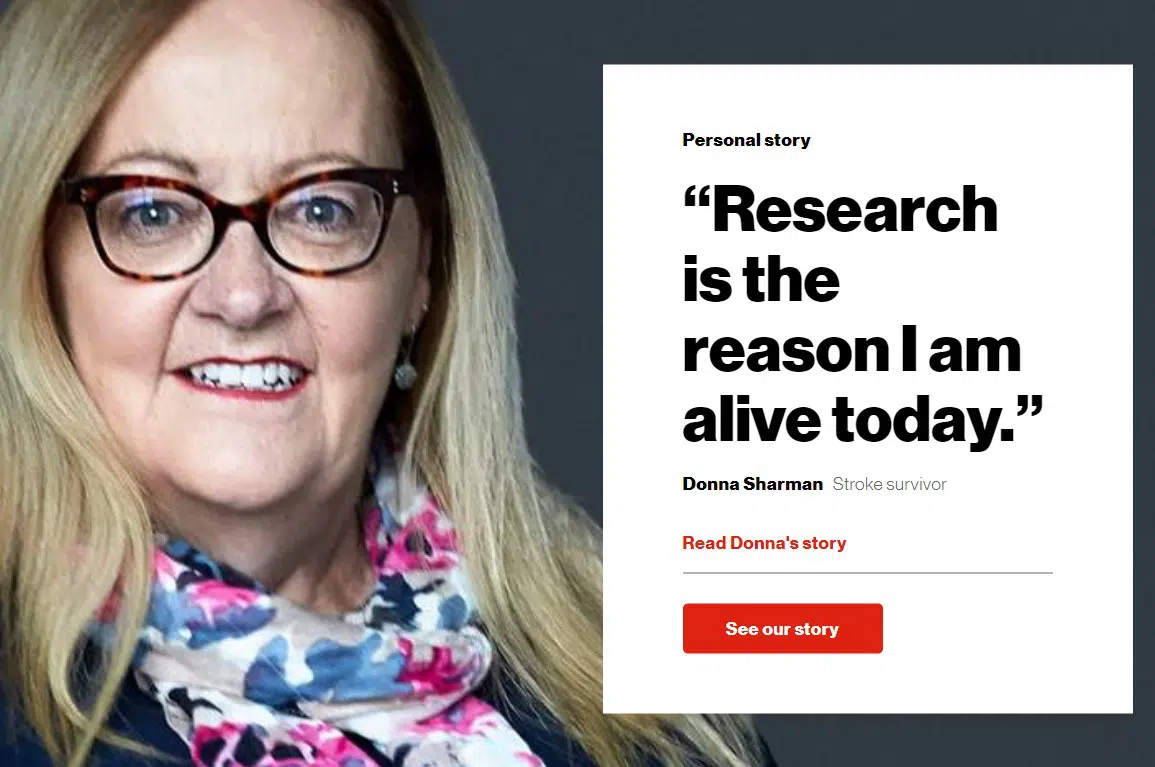
On your homepage
Your homepage is likely one of the most popular pages on your nonprofit’s website. It serves as an entry point to learning about and engaging with your organization for both new and returning visitors to your site. Weaving a strong testimonial on this key page can put the voices of those that you help front and center on your website, yet surprisingly few organizations do.
Nonprofit Example: Girl Up
Girl Up does an excellent job bringing the voices of their community to the forefront of their website, including a testimonial from one of their advocates and a section to pull in recent stories shared on their blog.
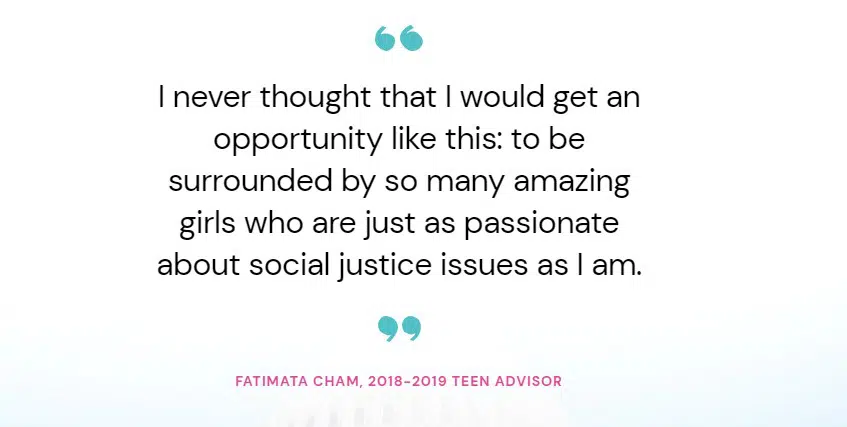
On other web pages
Throughout your website, try to weave testimonials into other pages wherever possible. Look through your testimonials for those that tie into the content on specific pages.
For example, you might include a volunteer testimonial on the volunteer page or a program participant testimonial on that program page. And if you have blog posts that highlight the full story behind a quote or testimonial, you can link to it from the citation or introduction.
Nonprofit Example: Operation Warm
On their Coats page, Operation Warm includes a heart-warming compilation video of kids reacting to their new coats to show visitors their work in action and bring them closer to this key piece of their mission.
Nonprofit Example: No Kid Hungry
In a blog post on the importance of free meals for school-aged children during the summer months, No Kid Hungry worked in helpful testimonials from administrators at the summer programs they serve, as well as a strong quote from one of their youth ambassadors, which they created an eye-catching graphic to highlight.
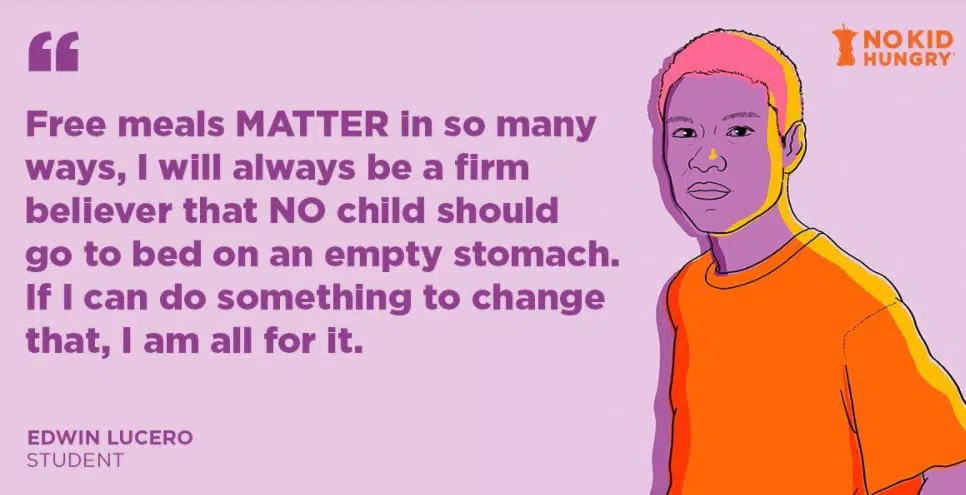
Nonprofit Example: Operation Groundswell
On their OG Experience page, Operation Groundswell uses testimonials from program participants to reinforce each aspect of their program. Along with the videos, it’s a great way to add clout and a different perspective to the experience details highlighted on the page.
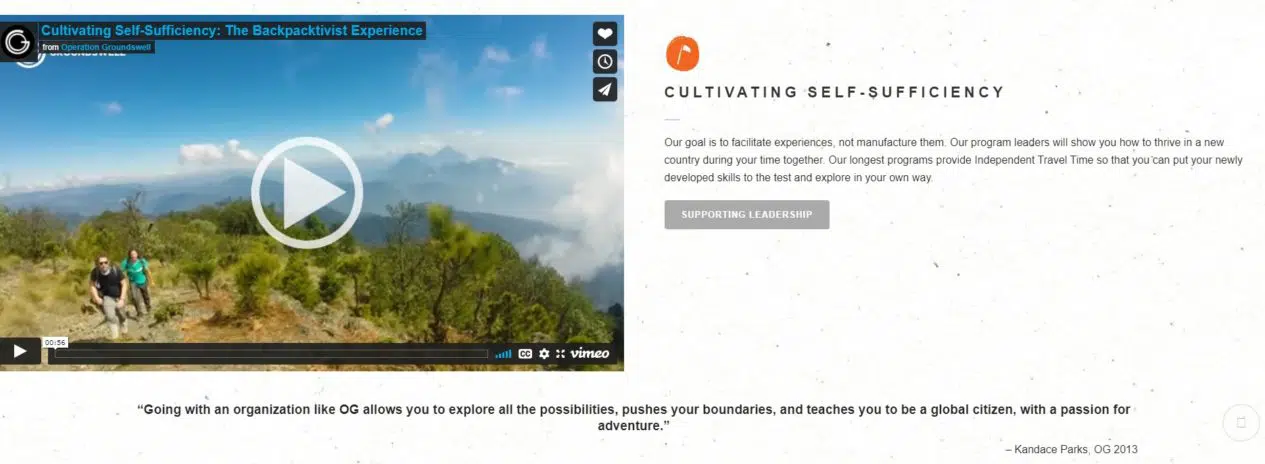
Within calls to action
I’ve talked a lot about how a testimonial can drive home the impact of your work. And what better place to put that in action than directly within a call to action. To follow best practices and keep those calls to action short and sweet, a bite-size testimonial is best for these purposes.
Nonprofit Example: Pat Tillman Foundation
The Pat Tillman Foundation adds a special spin on this call to donate on their Our Impact page, highlighting the work of one of their scholars, along with a video of her explaining her research before asking for gifts.
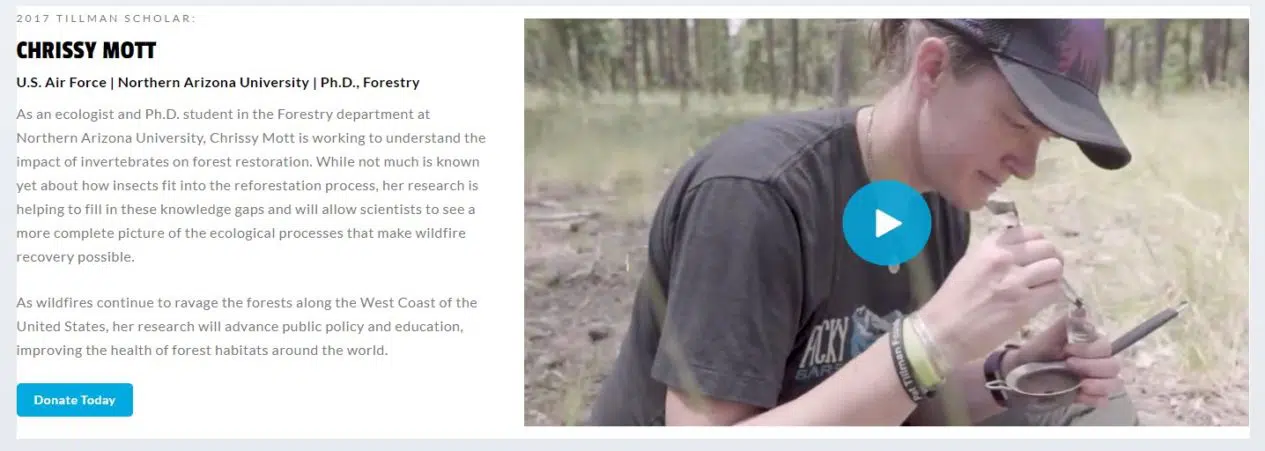
Formatting Testimonials and Quotes
Online readers are notorious skimmers. To get the most from your testimonials, you’ll need to format them in a way that draws attention to this special piece of content.
- Pull your most powerful testimonials out of standard paragraph text for maximum impact.
- Use a designed-out quote styling if your website has the capability. (Wired Impact websites can make use of the Quotes block to capture this effect.)
- Include a photo or video of the person if possible.
However you decide to draw attention to testimonials, be sure to document it in a style guide for your organization to ensure a consistent approach throughout your website.
Testimonials can take your informative but (let’s be honest…) boring website content and dial up the impact and interest. Potential supporters or program participants want to see and hear about your work from someone who has actually experienced it firsthand before stepping up themselves. They have the potential to create an emotional response and pull on heartstrings. Because they’re real.
And you can use them to make your website content more effective as you work toward your goals as an organization.
Have any other tips on how to use testimonials on your website? How does your organization use testimonials online? Show me in the comments!

Comments